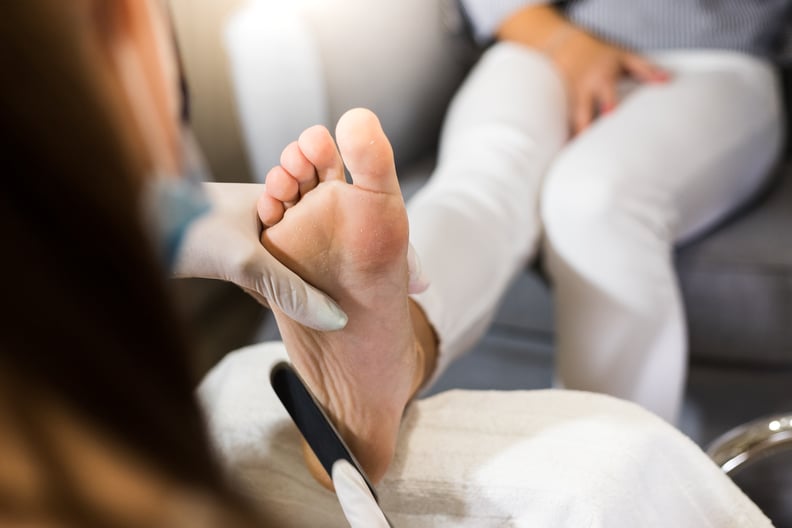
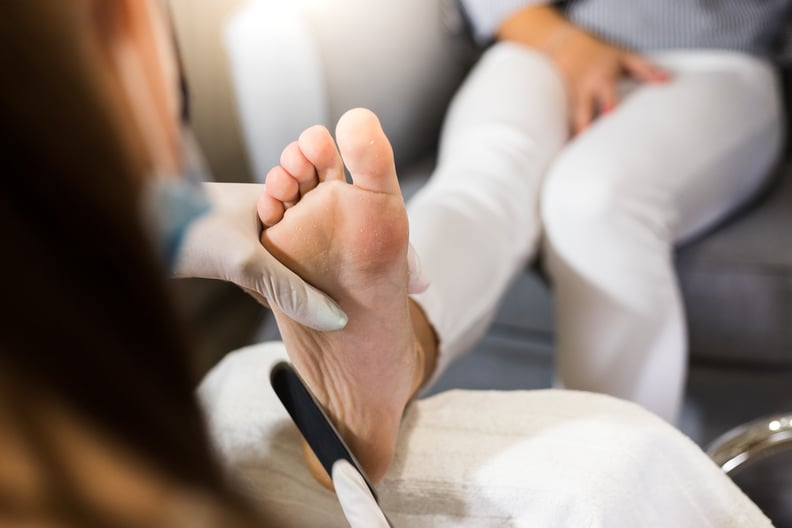 Matic Grmek/GettyMatic Grmek/GettyEvery editorial product is independently selected by our editors. If you buy something through our links, we may earn commission.
Matic Grmek/GettyMatic Grmek/GettyEvery editorial product is independently selected by our editors. If you buy something through our links, we may earn commission.
Nothing makes me feel more put together than a fresh manicure, and when my toes match my nails, I’m essentially unstoppable. I make the drive to my favorite salon biweekly, and I always leave feeling like a brand-new woman. There’s something about getting getting a manicure and pedicure that just leaves me feeling relaxed and refreshed. Although I’m pretty set in my ways when it comes to my nail habits, there’s a new trend I’ve been hearing a lot of buzz about that has piqued my interest: waterless pedicures. In fact, after learning more about them, I tried one out for myself, and I’m officially a convert.
The new take on the age-old beauty tradition claims to be more hygienic and better for your nails. Ahead, Deborah Lippman, celebrity manicurist and founder of the eponymous nail brand, answers all of our questions about waterless pedicures, like what they are and whether or not there’s a benefit to making the switch.
What Is a Waterless Pedicure?
As the name implies, the service, sometimes called a “dry pedicure,” is a pedicure without water. “With a waterless pedicure, you do not soak your feet in water beforehand,” Lippman tells PS.
The process involves the same steps as a regular pedicure — trimming the nails, filing the nails, scrubbing the feet, among other steps — but forgoes the tub of water you submerge your feet in at the beginning.
What Are the Benefits of a Waterless Pedicure?
First, the process promises to be more hygienic. “It’s a more sanitary way of receiving a pedicure because you’re eliminating the tub where lots of other people have placed their feet,” Lippman says. Removing the tub from the equation means there is no cross-contamination between clients, and you also avoid the chance of contracting a water-borne infection like a rash or a fungus.
Plus, even if the nail salon is sanitizing thoroughly in between customers, going waterless means your feet won’t come into contact with the harsh chemicals used to clean the tub.
The service might also be better for the longevity of your pedicure. “Water is very damaging and drying to nails, which leads to polish chipping sooner,” Lippman says. “The nail plate is porous and therefore absorbs water while soaking, leading it to expand. If you apply polish to an expanded nail, the polish will not adhere as well and is like to chip when the nail dries out and shrinks back to its normal state.”
Lastly, going waterless is better for the environment. Filling the tub used in a pedicure service uses between 4.5 and 5 gallons of water each time, according Tiffany Nail Salon in Los Angeles — which adds up when you consider how many services are completed per day. Also, eliminating the tub means that the service providers don’t have to be exposed to the harsh chemicals used to clean the tubs in between each client.
What Are the Downsides of a Waterless Pedicure?
Put simply, there aren’t really any downsides to a waterless pedicure that go beyond the cosmetic. “If you have very dry, cracked skin, or have eczema, sometimes there is a benefit to soaking your feet so they can retain moisture,” Lippman says. However, if that’s the case, she adds, “A boost of moisture can be accomplished through hydrating treatments and cream, which is what I prefer to do when doing pedicures.”
How to Give Yourself a Waterless Pedicure At Home
If you’re interested in trying out a waterless pedicure but there aren’t any locations near you, you can essentially give yourself the same treatment at home.
Lippman suggests starting out by removing nail polish with a product like the Deborah Lippman The Stripper Lavender Lacquer Remover ($22). From there, you should trim the nails and file them into your desired shape. “Pro tip: never ‘saw’ back and forth ,” Lippman says. (“Sawing” back and forth can fray the nail and cause unnecessary damage). “Instead, focus on gently filing parallel to the toe.”
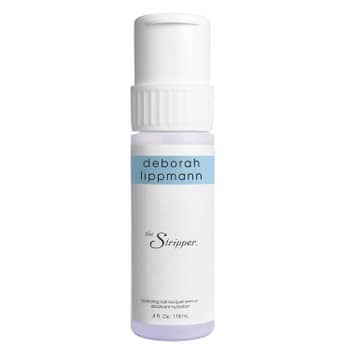
 Deborah Lippman The Stripper Lavender Lacquer RemoverFrom$22$22 at Deborah Lippmann
Deborah Lippman The Stripper Lavender Lacquer RemoverFrom$22$22 at Deborah Lippmann
Next, to help the nail color adhere to the nail plate and extend the wear of your polish, Lippman suggests buffing the nails with a buffer like the Revlon Shape N Buff File Buffer ($4). The key is to then use a cuticle treatment. “After filing, I apply a cuticle remover and then use the Deborah Lippman Cuticle Nippers ($35) to gently remove any loose pieces of skin.” After that, she suggests using a hydrating cuticle treatment — our current favorite is the POPSUGAR Beauty Award Winner, Essie On A Roll Apricot Roll-On Hydrating Cuticle Oil ($15).

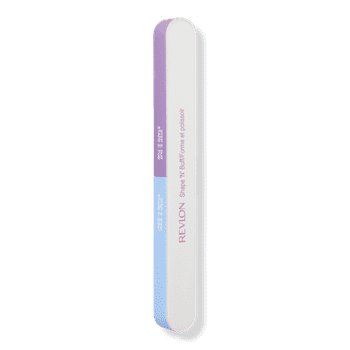 Revlon Shape N Buff File BufferFrom$4$4 at Ulta
Revlon Shape N Buff File BufferFrom$4$4 at Ulta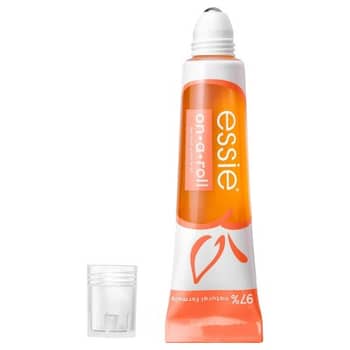
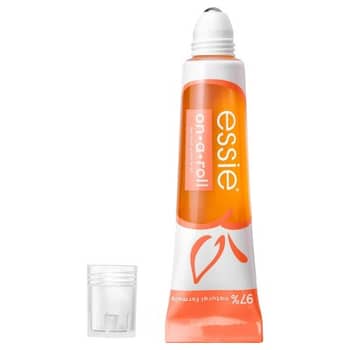 Essie On A Roll Apricot Roll-On Hydrating Cuticle OilFrom$15$15 at Target
Essie On A Roll Apricot Roll-On Hydrating Cuticle OilFrom$15$15 at Target
Then, Lippman suggests going in with a foot file, a foot scrub, and a foot cream to help the feet feel moisturized and smooth. Lastly, Lippman says you should apply a nail primer, a base coat, and the traditional polish in your preferred shade. Once the polish has dried, finish everything off with a topcoat like the Seiche Dry Fast Top Coat ($11).
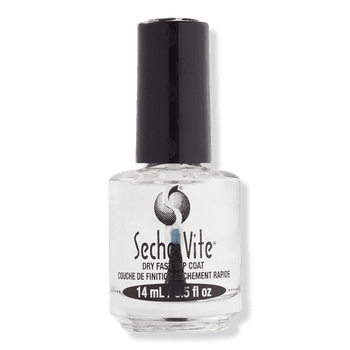
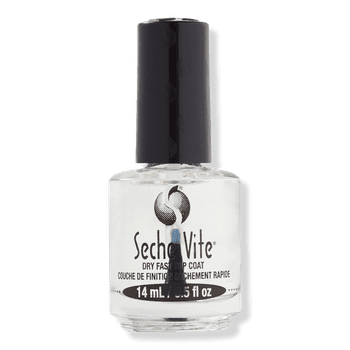 Seiche Dry Fast Top CoatFrom$11$11 at Ulta
Seiche Dry Fast Top CoatFrom$11$11 at Ulta
Renee Rodriguez is a staff writer and social producer for PS. She writes across all verticals, but her main areas of expertise focus on fashion and beauty content with an emphasis on reviews and editor experiments. She also produces social content for the PS TikTok and Instagram accounts.

